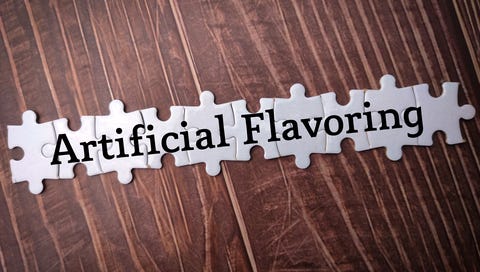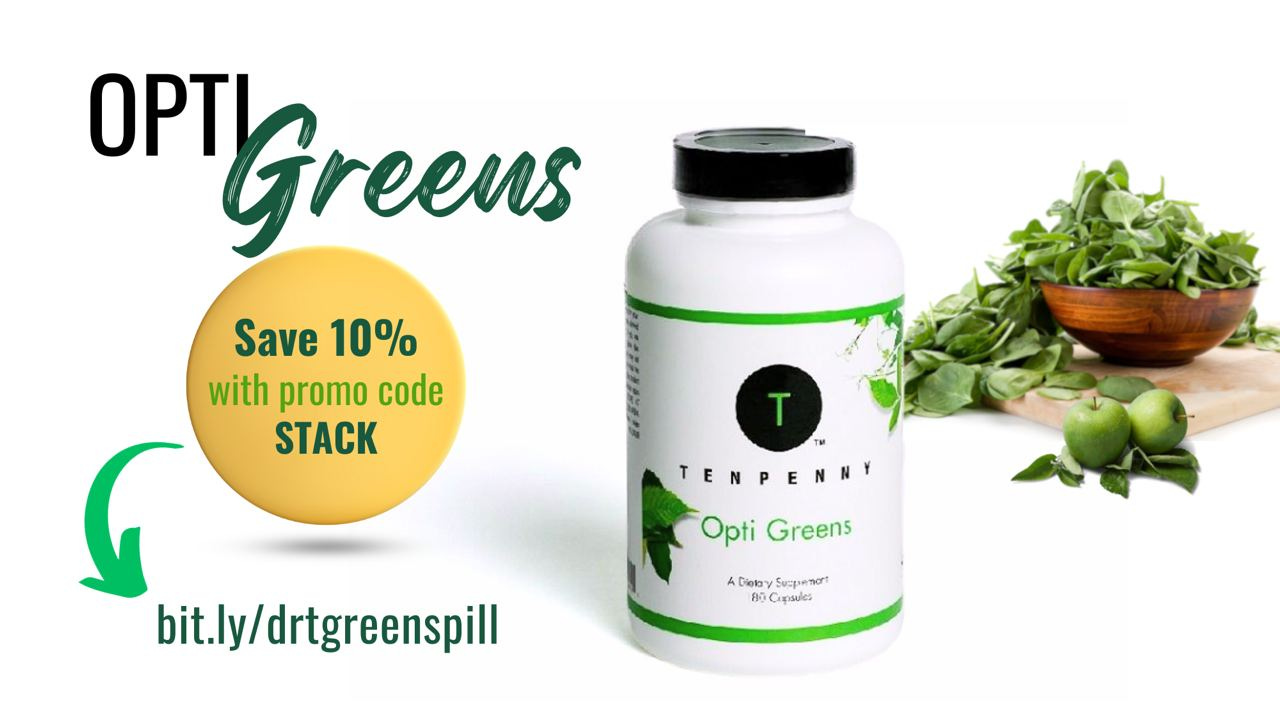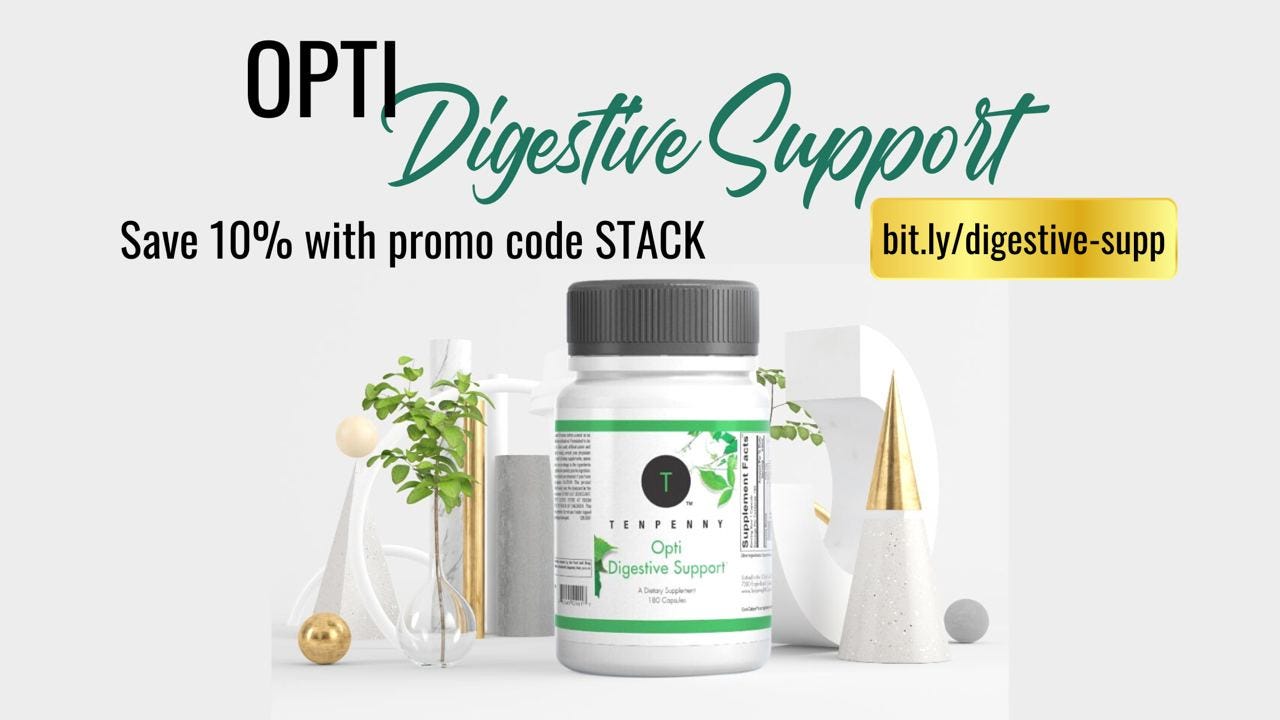On November 8, 1990, President George Herbert Walker Bush (Bush I) signed into law the Nutrition Labeling and Education Act (NLEA), which mandated nutrition labeling information on most foods marketed to American consumers. The Act required the development of a nationally uniform food labeling and regulatory system, preempting many State and local labeling requirements.
We previously discussed the basics of organic food labeling. You can find that article here. Did you know that Organic standards are designed to allow some “natural substances” in organic farming to be labeled organic when they’re really not? Substances may be added as long as they are not considered to be “synthetic.” But the definitions are not clear cut and there are endless “exceptions” to the rule.
Read on...
The “Rules”
The Code of Federal Regulations (CFR) is the official print publication codifying the general and permanent rules published in the Federal Register by the federal government's departments and agencies. The CFR is updated daily with the discussions and amendments appearing in the Federal Register. Together, these two publications establish the latest version of any given rule or proposed rule.
The CFR was first established in 1938. It is divided into 50 titles, representing the industries regulated by the Federal government. Each title is divided into chapters bearing the agency's name. Each chapter is further subdivided into many, many subsections and rules. Take a minute to skim the list of Titles. It shows the massive undertaking in the hands of the federal government (and why we need capable people in government....)
Title 7, subtitle B is reserved for regulations regarding Agriculture. Deep within this subsection is the National List of Allowed and Prohibited Substances, the criteria utilized to evaluate which substances or ingredients are allowed in organic food production. Reading through this extensive list, the particles are listed in several subcategories:
§ 205.601 Synthetic substances allowed for use in organic crop production.
§ 205.603 Synthetic substances allowed for use in organic livestock production.
§ 205.605 Nonagricultural (nonorganic) substances allowed as ingredients in or on processed products labeled as “organic” or “made with organic (specified ingredients or food group(s)).”
§ 205.606 Nonorganically produced agricultural products that are allowed as ingredients in or on processed products labeled as “organic.”
§ 205.602 Non-synthetic substances prohibited for use in organic crop production.
§ 205.604 Non-synthetic substances prohibited for use in organic livestock production.
Honestly, nothing was surprising or obviously out of line. (However, if there are chemical specialists reading this and you find something egregiously toxic that I overlooked or missed the ramifications of, let me.) (And let the USDA know!)
Under the category of non-organic substances allowed to be part of an organic label is item 12:
Flavors—Non-synthetic flavors may be used when organic flavors are not commercially available. All flavors must be derived from organic or non-synthetic sources only and must not be produced using solvents, carrier systems, or any artificial preservative.
What is a “natural flavor”?
When it comes to food, “natural” has become associated with healthy, nontoxic, and additive-free. Consumers equate “natural” with “organic,” believing they are synonyms, which they are not. They also believe that when they see the word “natural” on processed food labels, it contains no pesticides, artificial ingredients, or artificial processing. As far back as 2016, 73% of consumers surveyed said they seek out foods labeled with the word "natural," despite the fact that there are no meaningful standards attached to the term.
In reality, “natural” simply means “from nature.” Figuring out what it really means when applied to flavor science is anything but straightforward.
Labeling confusion and “natural”
The FDA
Surprisingly, the FDA, which has been around since 1906, never developed a definition of a “natural” food. But this is not unique to the United States. Until recently, no major regulatory agency in the world overseeing labeling had a definition for “natural” in food either.
So, in November 2015, the FDA sought public comments on the use of the term “natural” in food labeling. Over 7,000 comments were submitted to the FDA, voicing wide opinions and many concerns about the use of the term “natural” on food products. After much debate and a long deliberation period, the FDA ruled that the label must include a statement defining how the term natural is defined; for example, the label only has to say “no sauces, coloring, or chemical preservatives have been added.”
The FDA’s regulations are listed under Title 21 of the CFR. Subchapter E lists how “flavors,” “flavorings,” and “natural flavors” are defined. This complicated document from the CFR was written to explain the definition of a “natural flavor” says this:
The essential oil, oleoresin, essence or extractive, protein hydrolysate, distillate, or any product of roasting, heating or enzymolysis, which contains the flavoring constituents derived from a spice, fruit or fruit juice, vegetable or vegetable juice, edible yeast, herb, bark, bud, root, leaf or similar plant material, meat, seafood, poultry, eggs, dairy products, or fermentation products thereof, whose significant function in food is flavoring rather than nutritional.
Huh? I don’t know about you, but that really didn’t clarify anything.
While food processors are required to list all ingredients on a food label, flavor manufacturers do not have to disclose their ingredients. They can use or add synthetic solvents, preservatives, emulsifiers, carriers, and other additives to a flavor that qualifies as “natural” under current regulations.
Many, if not most, ingredients labeled as “natural flavors” have never been fully analyzed. A “natural flavor” may be derived from a truly natural source, such as oranges or strawberries, but the flavorings are usually a blend of compounds put together by flavor scientists (called “flavorists “or “flavor architects”). Truth is, both an ingredient labeled “natural flavors” or as “artificial flavors” are synthesized in laboratories, but “artificial flavors” most often come from petroleum and other inedible substances. A “natural flavor” can refer to anything that comes from a spice, fruit, vegetable, herb, bud, root, or leaf. Nutritionally, there is no difference between them.
According to a 2016 Consumer Reports article, the use of the word ‘natural' is a deceptive marketing ploy to reel in unaware consumers. It’s not the same as organic. For example, among foods labeled with "Pure & 100% Natural,” were Wesson Vegetable Oil, which is made from soybeans genetically engineered to withstand herbicides," and Kraft Natural Cheese, which contains cellulose (also known as wood pulp) and natamycin, an anti-fungal medication.
Besides the requirement to add a descriptor of how the term natural is defined, “natural” isn’t regulated by the FDA at all.
The USDA
The 2024 edition of the USDA’s Food Standards and Labeling Policy Book is 188 pages long. It lists an astonishing number of food items and how they are to be appropriately labeled. For example, if a product is labeled “macaroni and cheese with ham,” the product must contain a minimum of 12% cooked ham. Another example is “meat sauce.” The product must contain at least 6% ground meat.
This is what the USDA says about natural claims (pg 109 of the policy book):
The term “natural” may be used on labeling for meat products and poultry products, provided the applicant for such labeling demonstrates that:
the product does not contain any artificial flavor or flavoring, coloring ingredient, or chemical preservative (as defined in 21 CFR 101.22), or any other artificial or synthetic ingredient; and
The product and its ingredients are not more than minimally processed.
Minimal processed includes:
Traditional processes such as smoking, roasting, freezing, drying, and fermenting, or
Physical processes that do not fundamentally alter the raw product and/or which only separate a whole, intact food into component parts, e.g., grinding meat, separating eggs into albumen and yolk, and pressing fruits to produce juices.
Relatively severe processes, such as solvent extraction, acid hydrolysis, and chemical bleaching, would clearly be considered more than minimal processing.
However, there is a slippery exclusion inserted next:
The presence of an ingredient that has been more than minimally processed would not necessarily preclude the product from being promoted as natural. Exceptions can be granted on a case-by-case basis if it can be demonstrated “that the use of an ingredient would not significantly change the character of the product to the point that it could no longer be considered a natural product.”
Another exception is that the name of an ingredient may be buried in the label. For example, when titanium dioxide is used with poultry salad, a “qualifying phrase” should appear under the product name, stating the product has been “artificially whitened” or “artificially lightened.”
So, apparently, something can be labeled “natural” when it is not.
How Big is the Market?
The flavor is the sensory impression of a food substance, and it is determined mainly by the chemical senses of taste and smell. A food's flavor can be altered by adding artificial flavorings or by changing its smell.
The Food Flavor Market is estimated to reach $25.7 billion by 2025. It includes food, perfumes, and cosmetics. According to IndusryArc.com, the “natural flavors” industry is set to be the fastest-growing segment in the years ahead.
The synthetic flavor segment held the largest revenue share in 2019 due to the increased addition of artificial flavors to many food and confectionary items. The beverage segment is a large and growing segment within the flavor market. The rising consumption of flavored beer, flavored milk, canned juices, and energy drinks is driving this sector.
Many food and beverage manufacturing companies are starting to use botanical extracts instead of chemicals because consumers are demanding clean “natural flavors.” They are becoming more aware and, hence, more concerned about the long-term adverse health effects of artificial ingredients and food additives. However, the high prices of natural flavors may impact the growth of the segment.
The list of the Top 5 flavor manufacturers in the US are:
Givaudan
International Flavors & Fragrances Inc.
Firmenich SA
Symrise AG, and
Archer Daniels Midland Company.
Givaudan is the world’s largest flavor, fragrance, and active cosmetic ingredient manufacturer. Founded in 1895, it has 166 locations worldwide, with its headquarters near Geneva, Switzerland. Its growth has accelerated since 2008 through continual acquisitions. A custom-designed flavor can consist of 50 to 100 different compounds derived from natural and/or artificial sources. That’s why the products are considered to be proprietary trade secrets, are sold under strict confidentiality agreements, and why the precise ingredients remain unknown.
A smaller, but important flavoring company is Flavorman. Founded in 1992, it promotes itself as the benchmark for innovation in the beverage industry, having developed more than 80,000 beverage formulations over the last 30 years.
Bottom line
Stick with food labels that identify the product as “100% USDA organic.” Truly organic products are highly regulated. You can go back and review the labeling information again here.
I like what the American Academy of Lifestyle Medicine says about food and eating. With a bit of personal modification, this is the best diet:
Eat real food. What comes in a can, box, or they had you out a window isn’t real food.
Eat mostly (organically grown) fruits and vegetables.
Eat clean meat – know your rancher or farmer.
Drink filtered water (the type of filter is a different, big topic!
And ... don’t each so much.
QUICK LINKS:
Learn about ECP: Health Center Cleveland, OH | Health Center Ventura, CA
Websites: DrTenpenny.com |Tenpenny Apparel| Tenpenny Supplements
Follow: Twitter | Instagram | Telegram | Truth Social | Podcast Membership|
Broadcasts: Rumble| HappyHour |This Wk wDrT | Brighteon | Bitchute | Tues Coffee










What a wealth of information. Thank you Dr. Tenpenny for all you do to inform us about keeping (or getting) healthy. You are much appreciated.
It is truly tragic that the average person simply cannot keep up with or even understand all of the government definitions and regulations. Big government is absolutely overwhelming. We really do need to get back to local for as many things as possible and yet even that is no guarantee that what you buy isn't tainted somehow by what the local producer has available to him or her.
I’m pretty sure God didn’t intend on dividing our food into complements requiring definition and regulation. What have we become as a society? : (